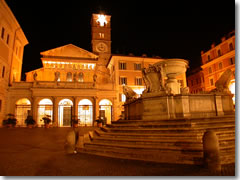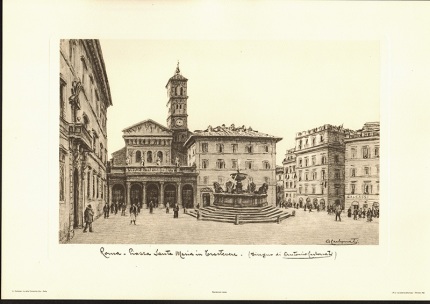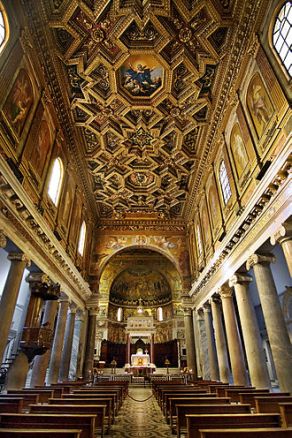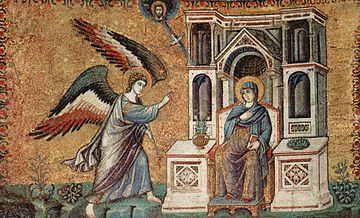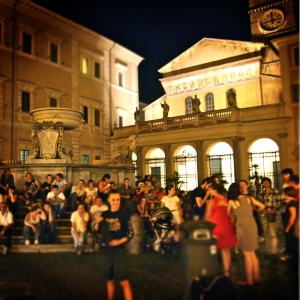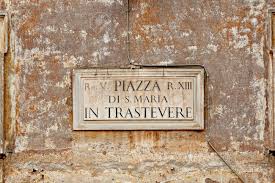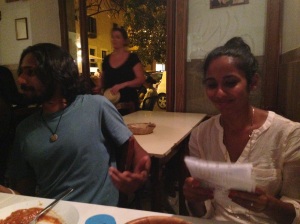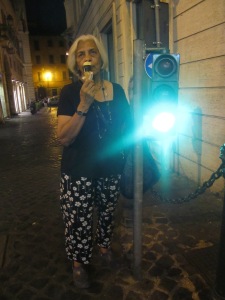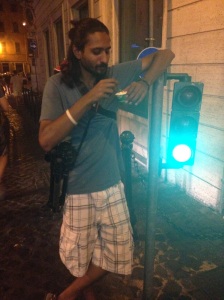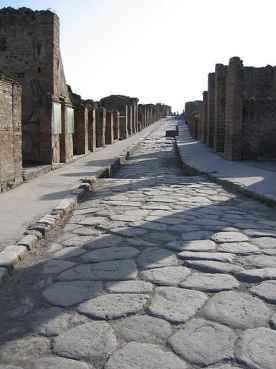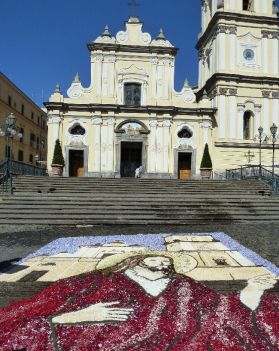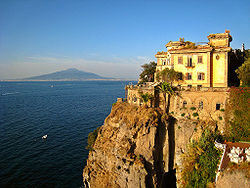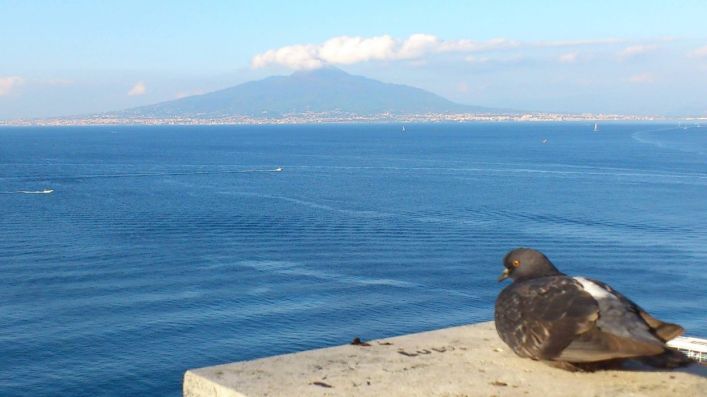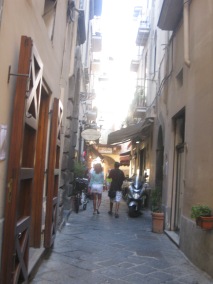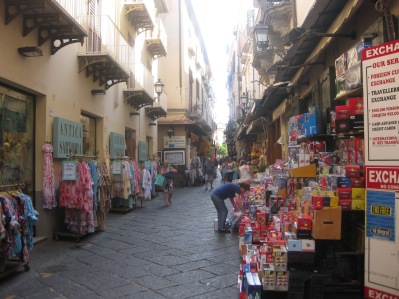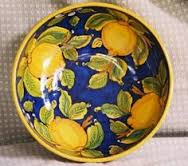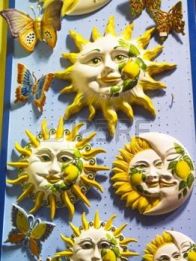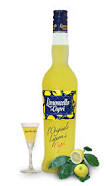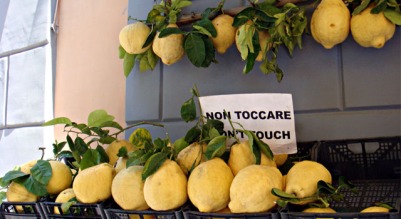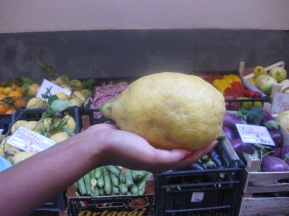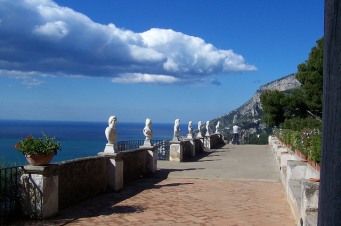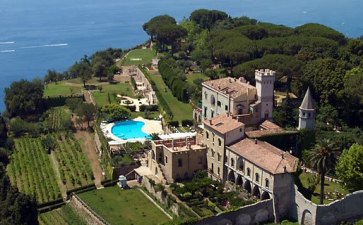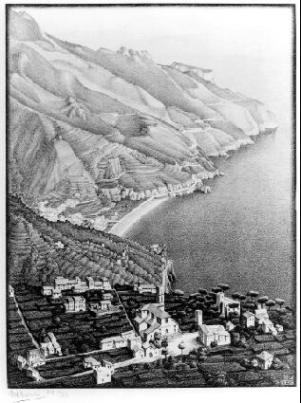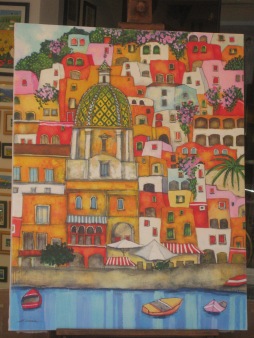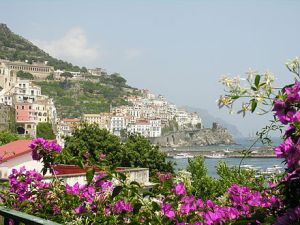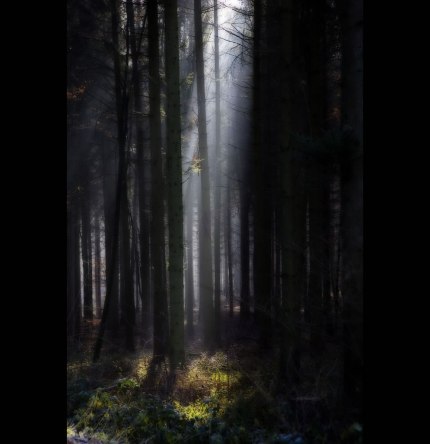 As we drive through the Black Forest in Germany, they rise on both sides — tall, dark, forbidding: the seemingly impenetrable stands of evergreen trees, so thick and dense that it is impossible to see through them from the roadside beyond a few yards.
As we drive through the Black Forest in Germany, they rise on both sides — tall, dark, forbidding: the seemingly impenetrable stands of evergreen trees, so thick and dense that it is impossible to see through them from the roadside beyond a few yards.
They loom above us, the lower branches lopped off — maybe to allow the trees to grow higher, unimpeded by protruding branches — with heavy green mops of leaves at the top. They look unapproachable — sentinels of the forests, poised to withstand the ravages of the most severe winters. The only way then through their forbidding denseness is the forest paths, laid out for the intrepid walkers whose cars one sees parked at the mouth of the paths. One is almost inclined to admire the courage of these puny mortals who challenge the mighty immortals. One feels that there must surely be an invisible wall which will prevent people from venturing too far into their depths.
The German name for it is Schwarzwald, and dates back to the Roman era. It refers to the conifers which block out all the light. The name was quite appropriate then, considering its thick cover of trees, casting heavy shadows upon the forest floor. But now, sadly, the dark evergreens that give it its name are turning yellowish, they are dying.
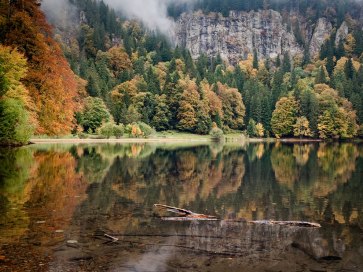
It is a mixed forest of deciduous trees and firs, a region of mountain ranges, rivers and waterfalls. And so, one comes out of the dark woods on to a lake bordered with clumps of deciduous trees of different species, shapes, heights. They are not severe and aloof like the evergreens. At this time of the year — the fall — they are a glorious riot of colours ranging through the most blazing spectrum of shades.
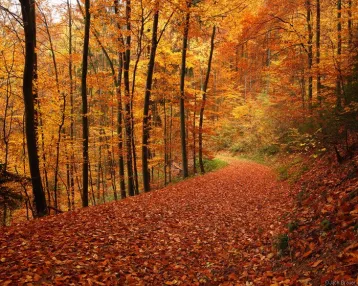
‘The fallen leaves in the forest seemed to make even the ground glow and burn with light,’ wrote Malcolm Lowry in October Ferry to Gabriola.
The trees are in different stages of array, from the fullest foliage to the bare minimum, with a few last leaves bravely fluttering, and holding out for a few days more, a few hours more, against the stiffening wind — harbinger of the coming winter. Some stand proud and stiff, beseeching hands raised to the sky; others with hangdog branches lowered in defeat, having given up the unequal struggle against the changing season. At their feet are mounds of leaves that they have shed. Every winter, shorn down to their very bones, they face a bleak, cheerless, unfriendly season, the icy wind stripping them of all dignity, and pride, leaving them naked to the idle passing eyes.
I wonder: Do they remember winters past? Do they console themselves, ‘O Wind, if Winter comes, can Spring be far behind?’ Or, is it a tragedy relived every year, with all memories of a renewal of life wiped out?
But, lest you think that the Black Forest is all black and gloomy and dreary, be assured that it not. On the contrary, it is a gigantic nature park, calling to nature lovers and adventurers . . . and for those with an active imagination, it’s said to possess a ‘rich mythological landscape. It is said to be haunted by werewolves, sorcerers, witches who haunt the darkness, and the devil in differing guises, so, watch out. Fortunately, there are dwarves that live within the woods who like to help people and try to balance the scales.’
It has been described as ‘beautiful and bewitching’. And bewitching it is, indeed. Walking through it, one never knows what one might suddenly chance upon. A patch of golden flowers lightening the gloomy forest. Or, tucked away in a corner, the ruins of an ancient, abandoned 13th-century monastery.

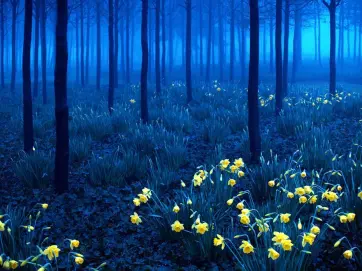
Around another, a stream winds sluggishly between glistening rocks and high trees, and then, suddenly, tumbles down in a waterfall, leaping from boulder to mossy boulder, gurgling all the way down.

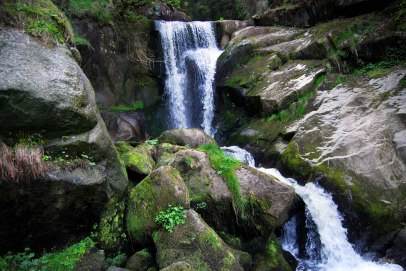
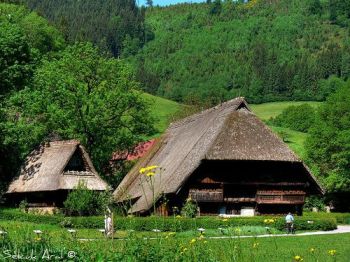

Also tucked away in the woods, one can find castles — such as, the 19th-century, fairy-tale Neuschwanstein Castle, built by King Ludwig II of Bavaria — and 300-year-old farmhouses.
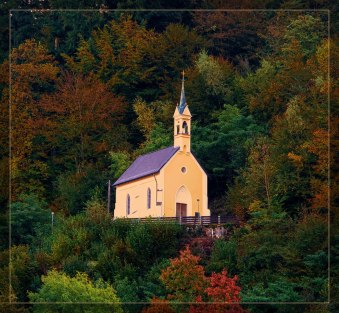
And, in the middle of nowhere, a pretty, little church. Wonder how many visitors find their way here, find the time to sit and contemplate!
The changing hours and seasons do not spare the Black Forest. But, they leave it even more enchanting.
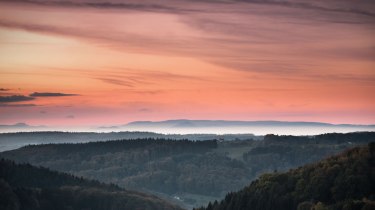
Dawn breaking over the Black Forest …


The glorious riot of fall colours … After a winter storm …


Sunlight and moonbeams … struggling to cut through the dense forests …
‘The woods are lovely, dark, and deep, but, I have promises to keep, and miles to go before I sleep.’ Yes, indeed! A pity, isn’t it that the forests hold so many mysteries, have so much to give us, but we do not have the time for them.
Award-winning journalist Jim Robbins said, ‘What an irony it is that these living beings in whose shade we sit, whose fruit we eat, whose limbs we climb, whose roots we water, to whom most of us rarely give a second thought, are so poorly understood.’
And John Muir, American naturalist and early advocate for the preservation of wilderness, said, ‘The clearest way into the Universe is through a forest wilderness.’
The forests hold treasures — both natural and man-made — far beyond our ken, if only we had the time for them. Nature too has more than one trick up her sleeve. To borrow a line from William Cowper’s hymn, she moves in mysterious ways her wonders to perform. Among these may be counted frost flowers.
These exquisite formations are created when thin layers of ice are extruded from long-stemmed plants in autumn or early winter. The petals of frost flowers are very delicate and break when touched. They melt when exposed to sunlight and are usually visible in the early morning or in shaded areas.
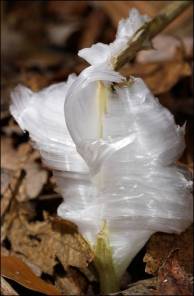

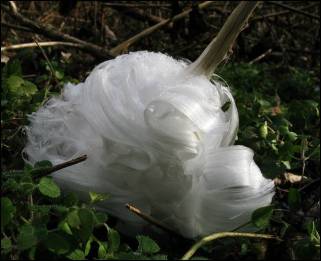




Exquisite, aren’t they? Creations to be envied by the most expert Murano glass-blowers.
But, unfortunately, as the poet Thomas Grey lamented, ‘Full many a flower is born to blush unseen and waste its sweetness on the desert air’.
And the winged denizens of some of these forests. It is estimated that there are 10,000 species of birds in the world and Nature has blessed some with the most incredible, dazzling plumage, ranging from bright blues to radiant reds and gorgeous greens. It is hard to believe that these birds are real and not the creation of a fine painter.
If asked which is the most beautiful bird in the world one would be at a loss to decide. The majority of birds are beautiful. However, some species definitely have striking features which easily outrank those of the rest. Here are, according to many, the 10 most beautiful birds in the world. Most of them feature on various lists, such as, ‘the most exotic’, ‘the most brilliantly coloured, ‘the most exquisite’ birds, and so on and so forth.

The Rainbow Lorikeet (r), native to Australia, fully lives up to its name, displaying as it does, almost every colour of the rainbow, making it one of the most gorgeous bird species.

The Golden Pheasant (above) is found in the mountainous regions and forests of western China. It is undoubtedly lovely with its golden crest and rump, and bright red body. Seen here in courtship display: running around the female, he draws his beautiful golden neck and cheek feathers across his beak, which then looks just like a black-and-orange fan covering the whole face except the bright yellow eye with a pinpoint black pupil. A truly captivating sight!

The Hyacinth Macaw: This striking, vivid-cobalt-blue bird, the world’s largest flying parrot species, is native to central and eastern South America.
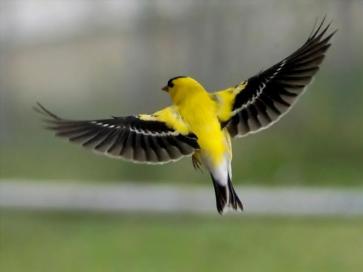 The American Goldfinch (above r), also known as the wild canary. It is at its most spectacular during the mating season, when the male displays brightly coloured plumage to attract a mate. Courtship rituals include aerial manoeuvres and singing.
The American Goldfinch (above r), also known as the wild canary. It is at its most spectacular during the mating season, when the male displays brightly coloured plumage to attract a mate. Courtship rituals include aerial manoeuvres and singing.

The Painted Bunting (l). Often described as the most beautiful bird in North America, the male is identifiable by its dark blue head, green back, red rump, and underpants.

The Keel-Billed Toucan (below) is the national bird of the South American nation of Belize. This particular species is noteworthy because of its delightfully-multicoloured bill.
It is a social bird — seen here in conversation mode — and lives in tree holes together with five to six others. They all sleep with bills tucked under the body to make room for the others in the group.

The Mandarin Duck (above) flaunts an incredible combination of dazzling colours. However — as is quite common in the animal world — only the males display the colourful feathers; the females are a dull brown with a white eye ring.

The Troupial (r) , the national bird of Venezuela, has a long and bulky tail, a black head and upper breast. It is a nest pirate, in that it does not build a nest of its own but, instead, steals or occupies an empty nest. It is very hostile towards other species who may try to intrude on its territory. It may even ingest the eggs or young hatchlings of a newly acquired nest.

The Peacock (below), the national bird of India, features on almost every ‘the most …’ list. It is justifiably admired for its brilliant display of iridescent tail feathers. When courting, it spreads them out to show the colourful patterns and eye spots, which make for the most beautiful courtship display in the bird family. Thereby, it attracts the peahen, which chooses a mate depending on the length of the tail — which makes up 60 per cent of its full length — and the number of eye spots.
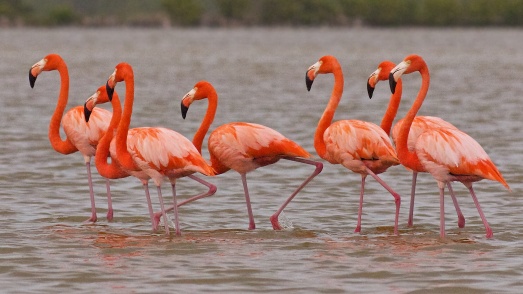
The Flamingo (r) is one of the most easily recognized bird species, first, on account of the amazing pink of its feathers — which has contributed to its name which comes from the Spanish and Latin word ‘flamenco’, meaning fire. Second, because of its quaint habit of standing on one leg, hours at a time. A bit of trivia: a flock of flamingos is called a flamboyance, an apt description of it.
Do watch them dance on: https://www.youtube.com/watch?v=KW8GX2n4qbY. Quite hilarious compared to the Siberian Cranes (see below).
I love birds, and, when I visit a zoo, I usually go first to the bird cages. But, alas, none of the lists of ‘Top 10’. ‘Top 20’. etc., features two of my favourite birds — the Siberian Crane, and the Greater Bird of Paradise.

The Siberian Crane. Watching the cranes dance is an unbelievably movingl experience. I once happened to watch an all-too-short film, and the memory has stayed with me.
The cranes dance at any age and almost all the year round. The dance routines are used to attract mates, stake out nesting territories, greet other members of the flock and warn of possible danger. They perform spectacular dances on snow-covered fields in late winter, and a solo display may inspire an entire flock into a frenzy.
Do watch on: https://www.youtube.com/watch?v=mnlwxHm-qdI

The Greater Bird of Paradise, found in New Guinea, has elongated flank feathers that form ornamental plumes. It is a tropical bird, known for the brilliant plumage of the male. The feathers of the male were once widely sought as decorations for women’s hats.
If you enjoyed watching these birds dance, watch some of the other species on: https://www.youtube.com/watch?annotation_id=annotation_91515837&feature=iv&src_vid=c2c8IhV and on https://www.youtube.com/watch?v=c2c8IhVRlvo.
And now, to continue exploring the wonders of the forests, we have the man-made creations:

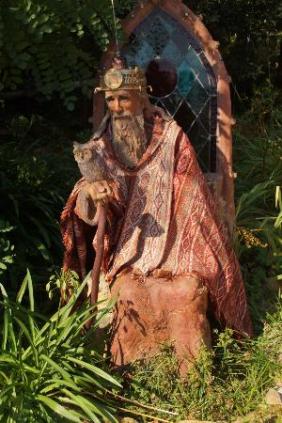
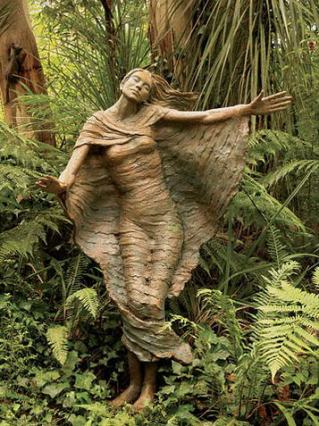



These are the creations of Australian sculptor and artist Bruno Torfs. He crafts the wooden and terracotta figures — delightful and unusual characters — which inhabit the luxuriant sub-alpine forests and part of a rainforest in Marysville (Australia).
He uses branches, twigs and leaves to embellish his subjects. After carving, they remain unpainted and slowly blend in with their surroundings.
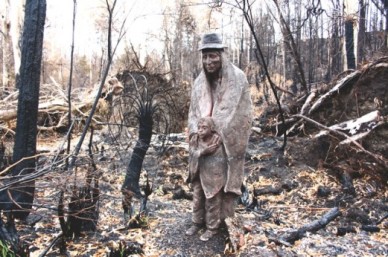
Unfortunately, in 2009, Bruno’s home, art gallery and most of his garden sculpture were destroyed in a bushfire. Bruno chose to stay and rebuild his home and restore the sculptures in the forest.
And, like the phoenix which rises imbued with new life from the ashes of its predecessor, Bruno’s Art & Sculpture Garden has been recreated by the flames that nearly took it all away. His passion for sharing with the world his love of art has not been diminished by the fires; in fact, one would almost say it has been forged anew, as evidenced by his new works of art:
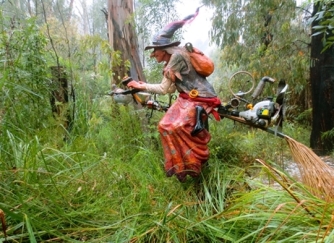
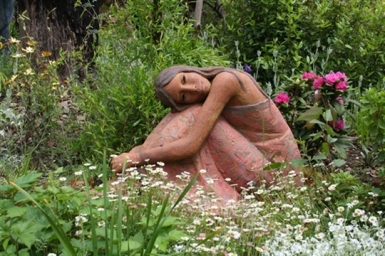
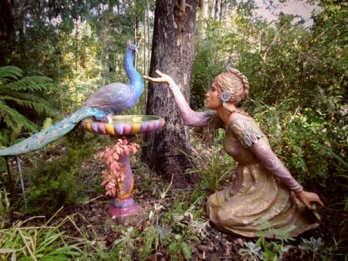

On a visit, some years ago, to Sikkim, a small state and hill resort in north-eastern India, on the fencing of a roundabout, in which stood tall, majestic trees, was written: ‘Be still, my heart. The big trees are singing.’
Yes, indeed, ‘… the woods are lovely, dark and deep, but I have promises to keep, and miles to go before I sleep …’ And, yes, the trees do sing. If only we had the ears and the time to listen, and the eyes to see!
Photographs courtesy:
- Andreas Wonisch
- Hverdagseskapistens Blog – Bloggers Delight
- Jean-Marie Hullot
- Lutz-R. Frank
- Matthias Klaiber
- Rudy Balasko / Lonely Planet
- Vince 42
- bz
- Wikipedia




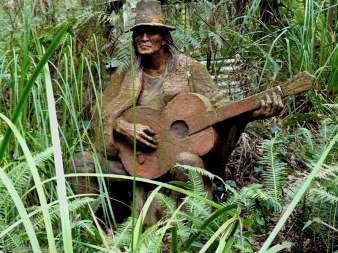


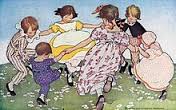
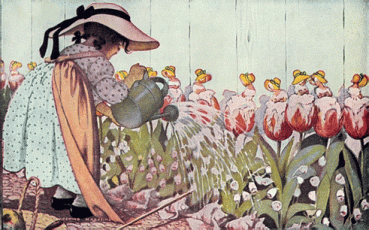
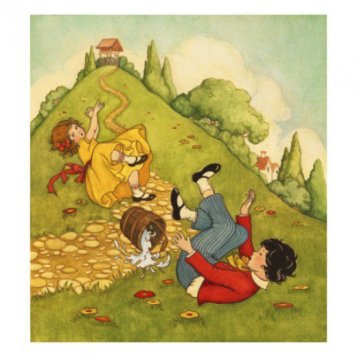


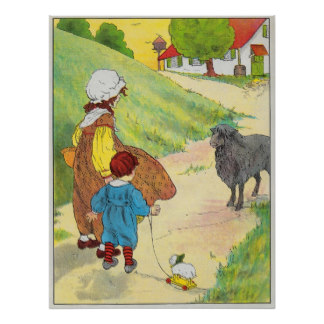

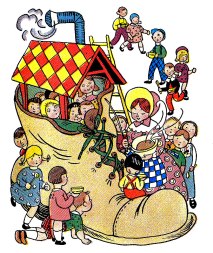 We learnt about being poor and hungry when we sang about The Old Woman Who Lived In A Shoe. She had so many children, she did not know what to do; so, she gave them some broth without any bread, and whipped them all soundly and put them to bed.
We learnt about being poor and hungry when we sang about The Old Woman Who Lived In A Shoe. She had so many children, she did not know what to do; so, she gave them some broth without any bread, and whipped them all soundly and put them to bed.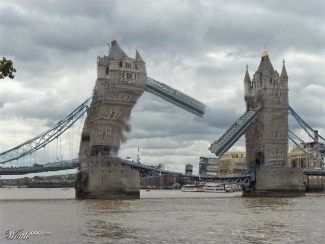


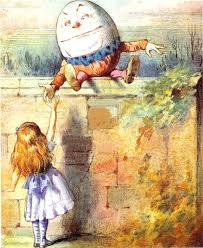

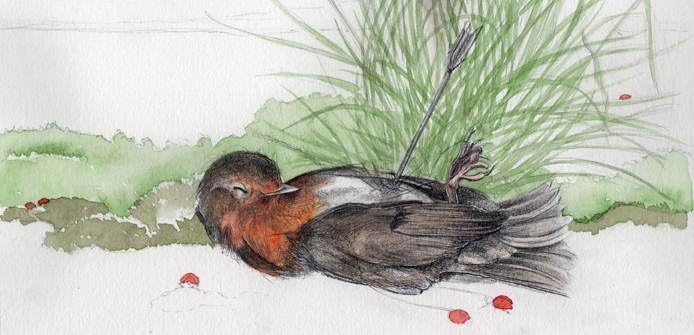

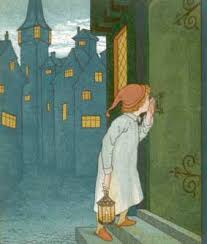


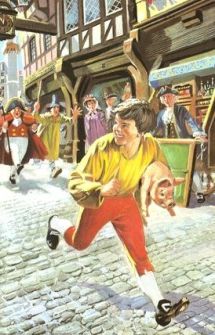
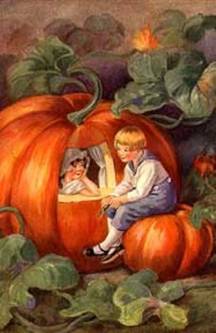

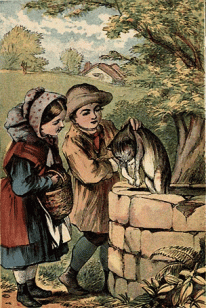

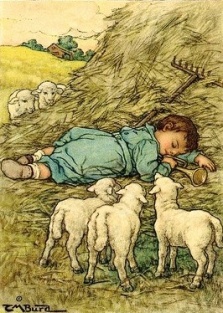






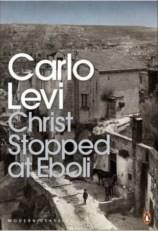




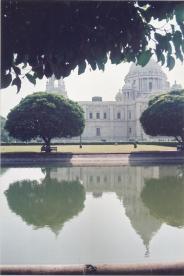



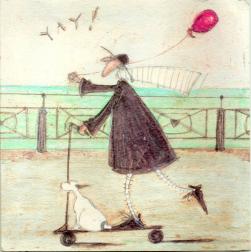
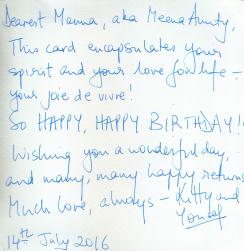

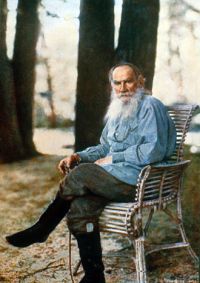



 One of the verses also went:
One of the verses also went:


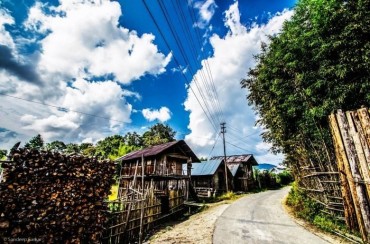



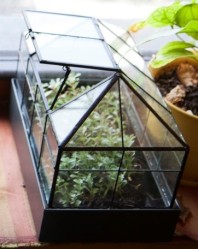


 The plants aren’t grown in uniform or fancy containers; anything and everything that can be used to house a plant is put into service — like empty tea containers.
The plants aren’t grown in uniform or fancy containers; anything and everything that can be used to house a plant is put into service — like empty tea containers.


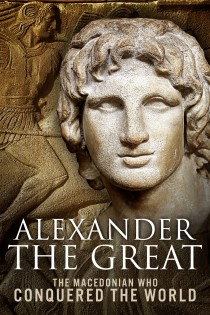















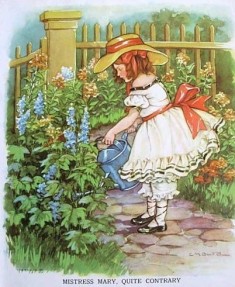

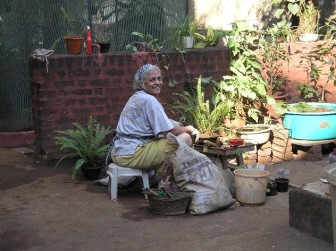
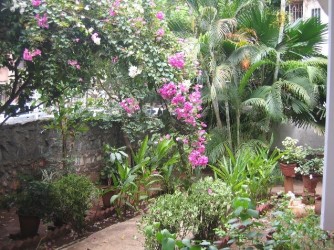









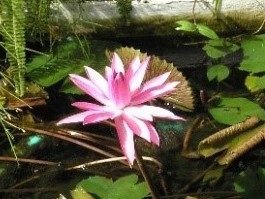


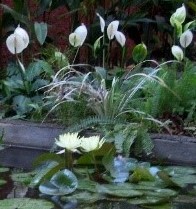






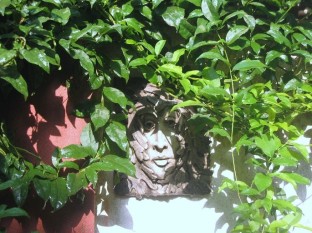


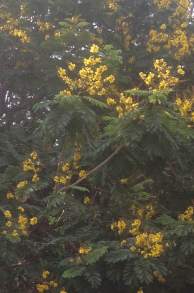

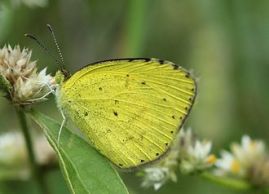
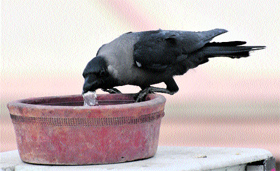

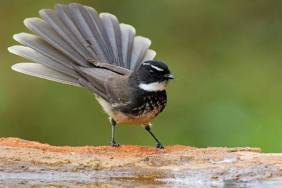

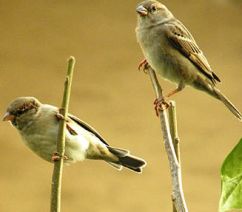

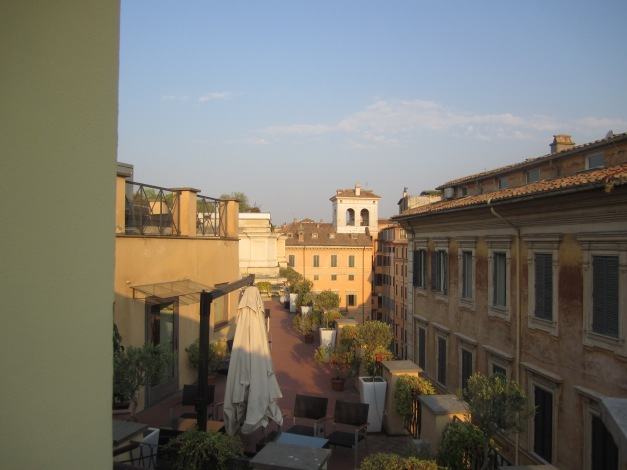

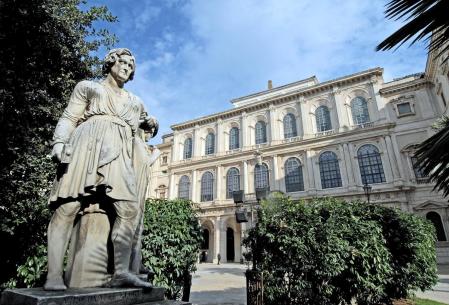

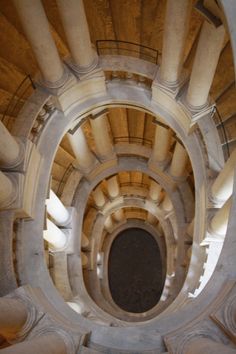
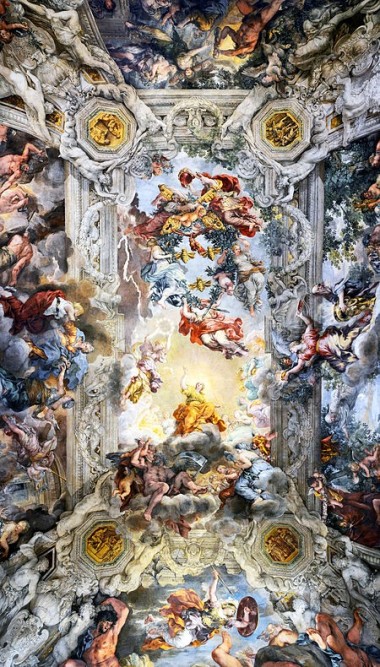


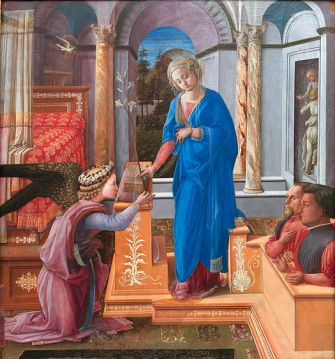
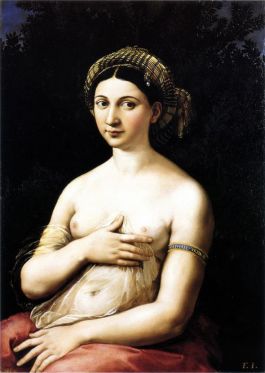


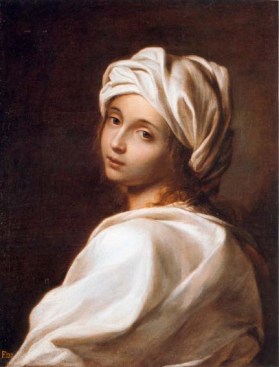 Beatrice was the daughter of an aristocrat, Francesco Cenci, a man of violent temper and immoral behaviour, who abused his first wife and his two sons and raped Beatrice. The four Cencis decided to get rid of Francesco, and threw him over a balcony to make it look like an accident. The plot was discovered and the four members of the Cenci family were arrested, found guilty, and sentenced to death.
Beatrice was the daughter of an aristocrat, Francesco Cenci, a man of violent temper and immoral behaviour, who abused his first wife and his two sons and raped Beatrice. The four Cencis decided to get rid of Francesco, and threw him over a balcony to make it look like an accident. The plot was discovered and the four members of the Cenci family were arrested, found guilty, and sentenced to death.

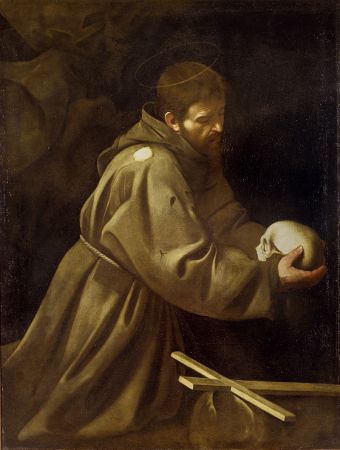
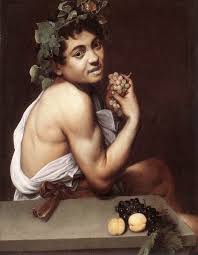
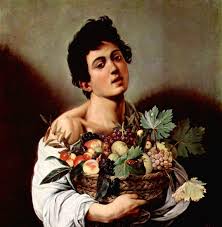




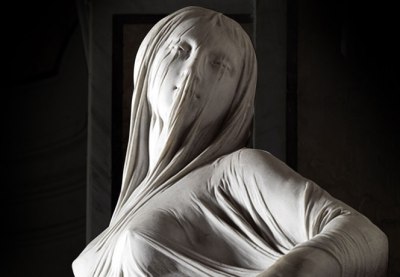
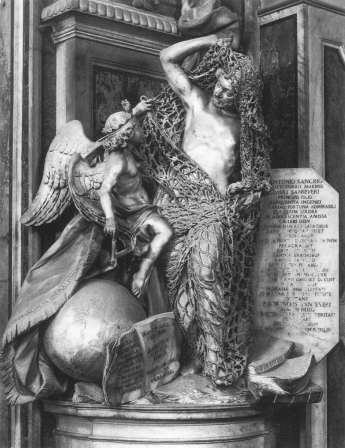




 My deep appreciation of Kitty who, despite a heavy schedule at work, painstakingly researched Italian holiday villas, and not only located the Casale di Reschio — a more ideal place for a holiday than which we could never have asked for — but also charmed the owner into letting us have it, despite her rule of not having more than twelve guests at a time. … Ritika, who ran in tandem with her, arranging the apartment in Rome for the last week of the stay, guiding us to select places to visit, to eat at, to see… Laila,who was her usual cheerful self. Asha, without whose unflagging enthusiasm in chronicling every moment, every place we visited, this journal would have been a drab, (literally) colourless account of a family holiday.
My deep appreciation of Kitty who, despite a heavy schedule at work, painstakingly researched Italian holiday villas, and not only located the Casale di Reschio — a more ideal place for a holiday than which we could never have asked for — but also charmed the owner into letting us have it, despite her rule of not having more than twelve guests at a time. … Ritika, who ran in tandem with her, arranging the apartment in Rome for the last week of the stay, guiding us to select places to visit, to eat at, to see… Laila,who was her usual cheerful self. Asha, without whose unflagging enthusiasm in chronicling every moment, every place we visited, this journal would have been a drab, (literally) colourless account of a family holiday.


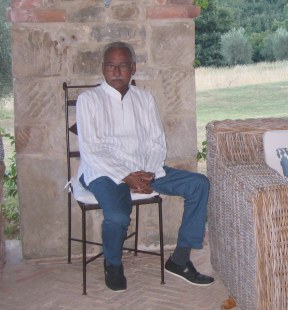


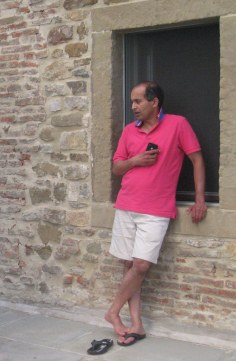



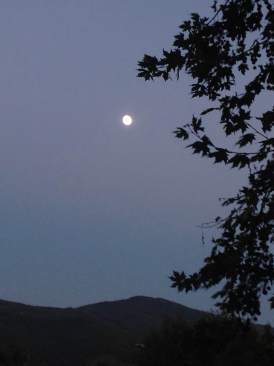



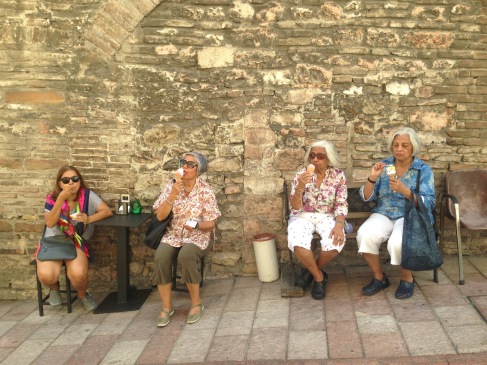
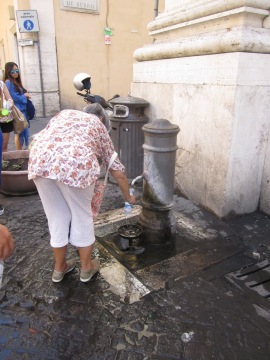
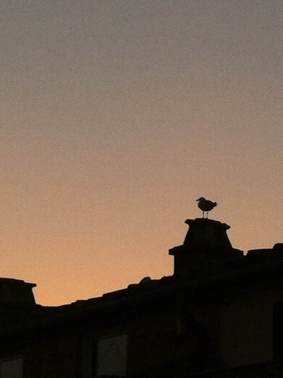

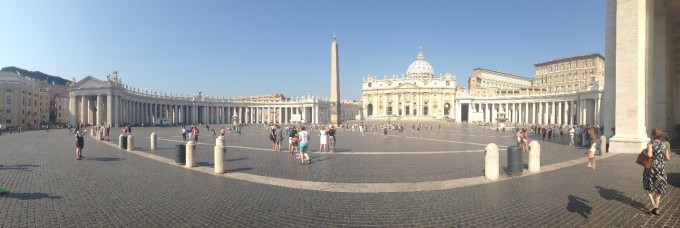

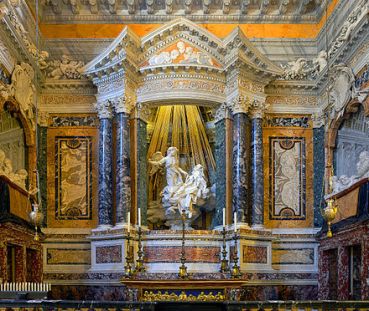
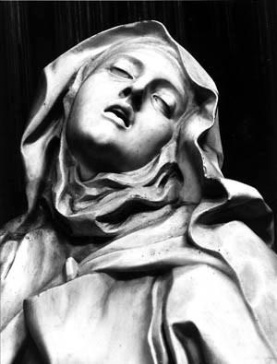
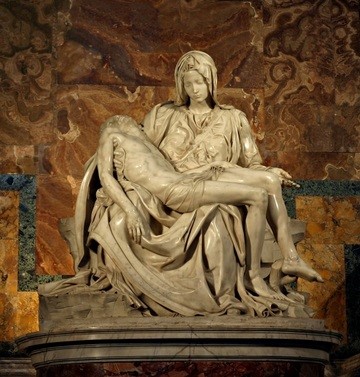
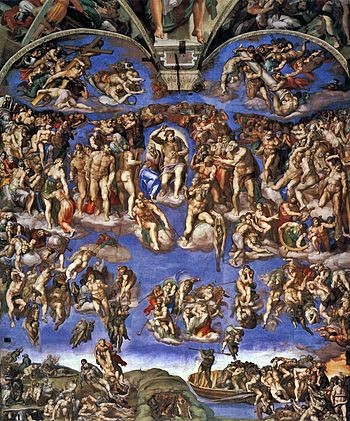

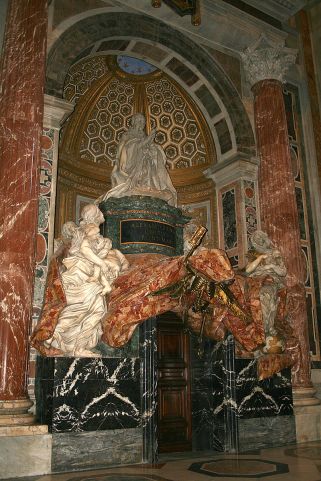
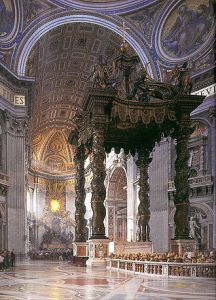
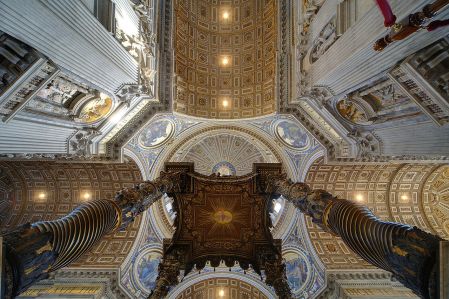
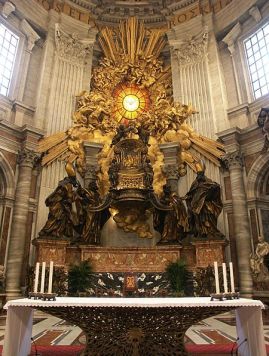
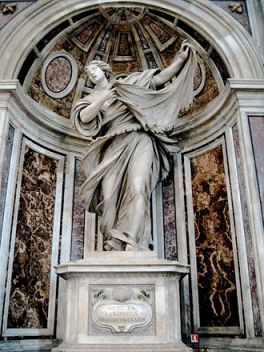


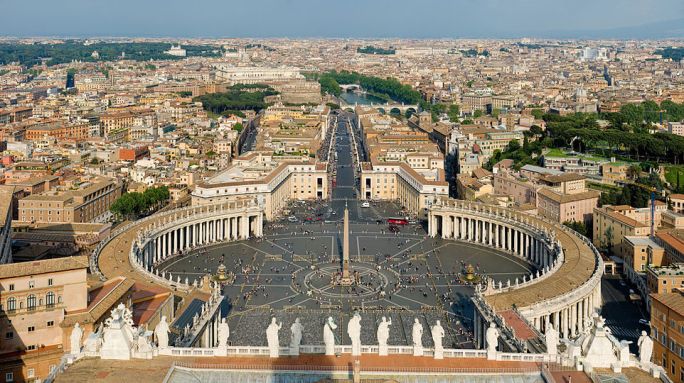

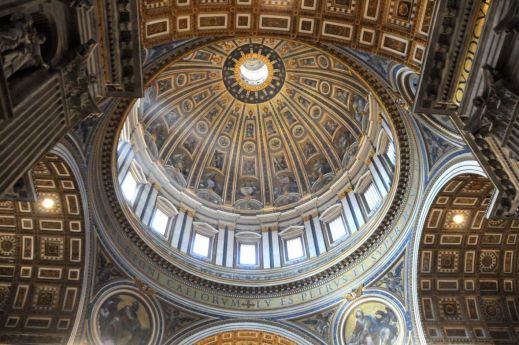
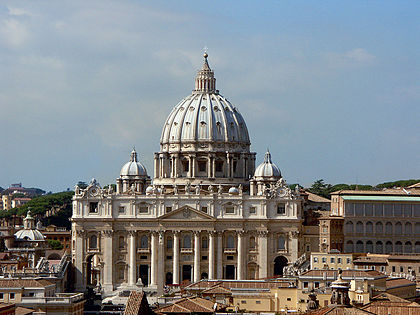
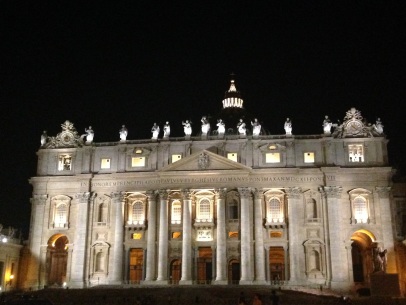

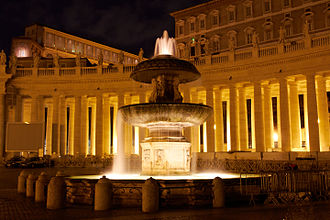
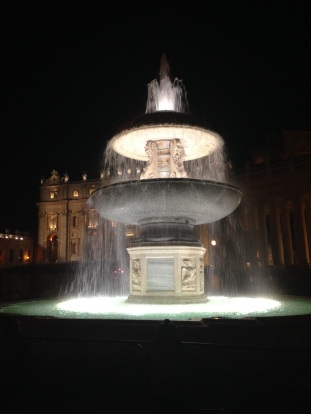
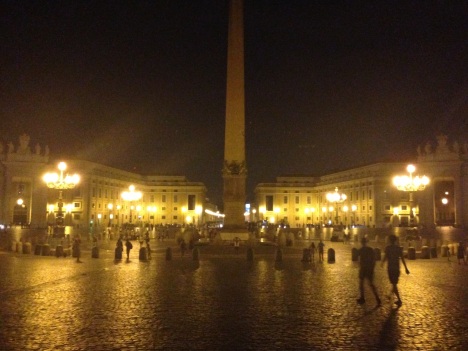



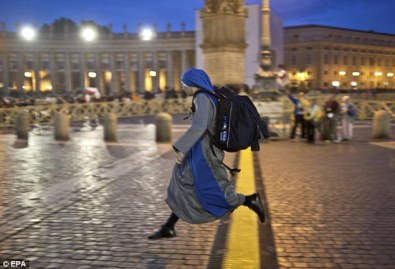

 (r): This is how Trastevere looks during the day.
(r): This is how Trastevere looks during the day.